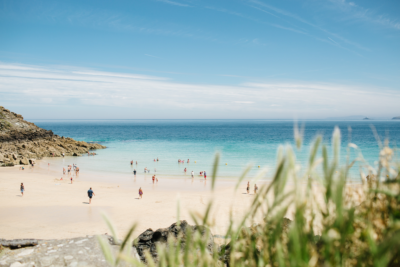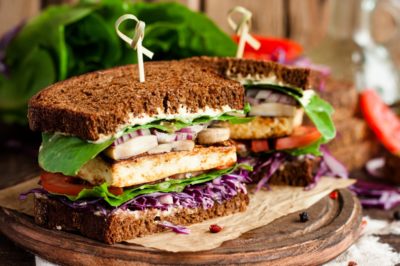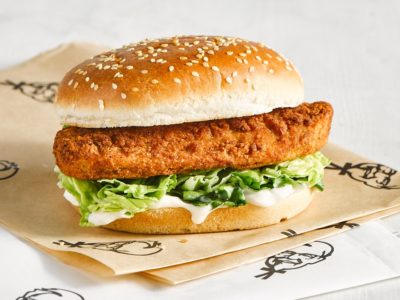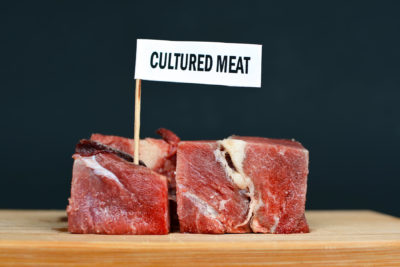Many of us who love animals want to spend time with them by visiting zoos, aquariums or days at the races. But how ethical are these industries?

We might talk a walk where we try and spot birds, mammals or even reptiles and amphibians. We might go snorkelling to watch our aquatic friends below the surface, or perhaps we volunteer to walk dogs at our local rescue centre. Maybe we go to zoos and aquariums, or to horse or greyhound races. The animals look well cared for and happy at these places, so we may have no concerns about their welfare. Sadly, in the entertainment industry, all is not as it seems.
Are Zoos Ethical?
Zoos have been around for thousands of years and started as a way for the wealthy to display their power. This “collectors’ mentality” existed right up to the 20th century when the rich continued to dispatch hunters around the world to capture and bring back “specimens”. To get to the young, whole family groups were often killed. The 18th and 19th century were boom times for zoos, but wild animals in zoos are treated as little more than exhibits to this day.
Zoos argue there is an educational element to their work and, since 1981, the law states there must also be a conservation element. And yet, there are plenty of zoos that keep animals who are not endangered, such as meerkats, specifically because they draw a crowd. As for education, a 2014 study surveyed 2,800 children aged 7-15 following visits to London Zoo and found that most children showed no indication that they had learned new facts about animals or environmental conservation.
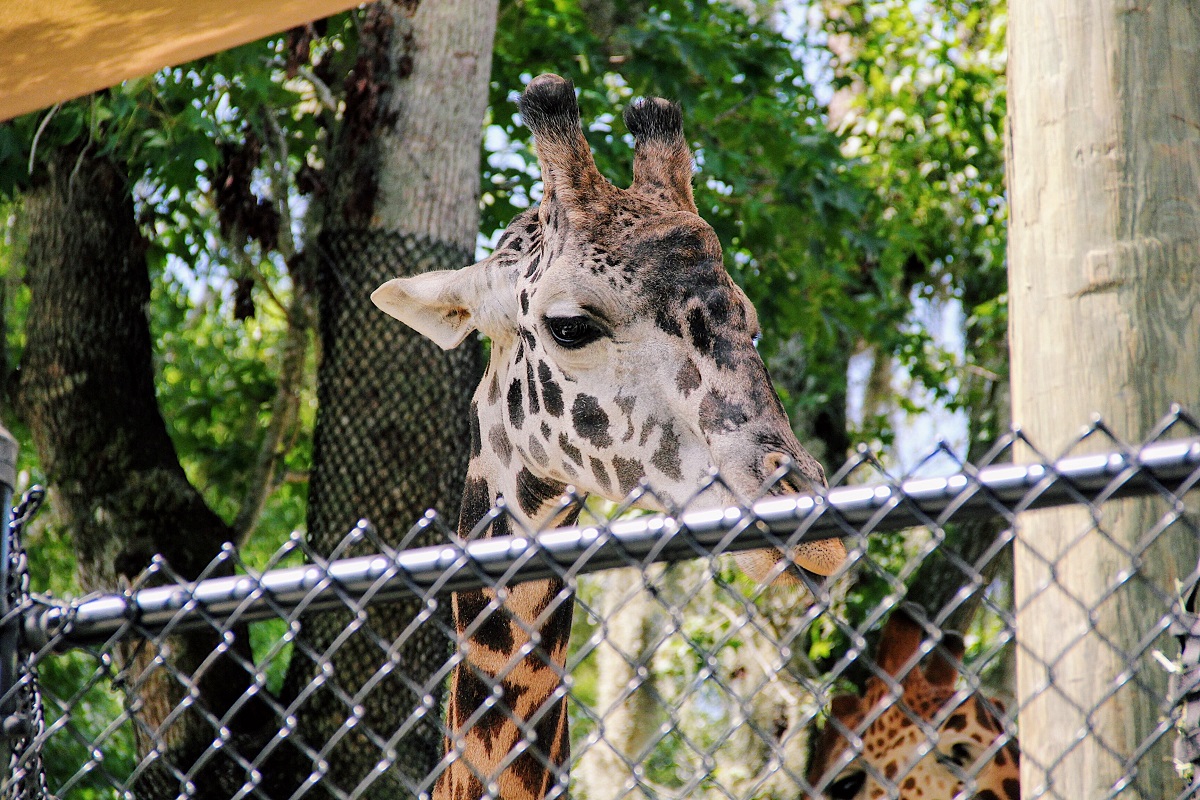
Set against this, are the many serious concerns about the wellbeing of animals in zoos, including:
- Whether in cages, pens, or a landscaped area, life for wild animals in zoos is restrictive and bears little resemblance to their natural habitats.
- Animals commonly develop stereotypical behaviours, such as pacing and circling, bar-biting, neck -twisting, head-bobbing, weaving, rocking, swaying, over-grooming and self-mutilation.
- Their natural behaviours are severely limited: birds may not get to fly; mammals may never climb or run.
- They are forced into unnatural groups or pairings, particularly when a zoo intends to breed from animals.
- If fights break out, if too many babies are born, or simply to “refresh” the “exhibits”, animals are sold, traded and shipped around the world.
- Surplus animals may simply be killed but zoos keep breeding as paying customers love to see babies.
- Elephants fare particularly badly in zoos, which can never meet the physical, psychological or emotional needs of these complex animals.
- If an animal escapes their enclosure or lashes out in frustration at a keeper or member of the public, they are likely to be shot.
Wild animals belong in the wild and even zoos are starting to acknowledge this. Damian Aspinall, who owns a zoo in Kent, campaigns for the return of all captive animals to the wild, and the closure of all zoos and wildlife parks, including his own. And the Isle of Wight Zoo has stopped all breeding of animals and now provides space for those in need of sanctuary instead. Our hope is that this is a trend that will continue all over the world.
Read more about zoos at: Born Free Foundation and Freedom for Animals.
Are Aquariums Ethical?
Aquariums are aquatic zoos, and the problems are very similar. The big difference is that most of the fish in captivity are still taken from the wild – an estimated 79 per cent, according to Freedom for Animals. In order to capture them, cyanide and other chemicals are used to stun them, with as many as 30 per cent of the animals dying during the process. Those who do survive are packed into plastic bags and boxes and sent on long-distance journeys. Unsurprisingly, many more die during transportation, and up to one third die following importation. This is a trade that takes a heavy toll on wild fish.
Those who reach the aquarium alive will spend the rest of their lives in restrictive tanks, instead of swimming in the open waters where they belong. In those tiny tanks, stereotypic behaviours such as circling, head-bobbing and self-harm, are commonplace, and have been seen in animals in 90 per cent of UK aquariums.
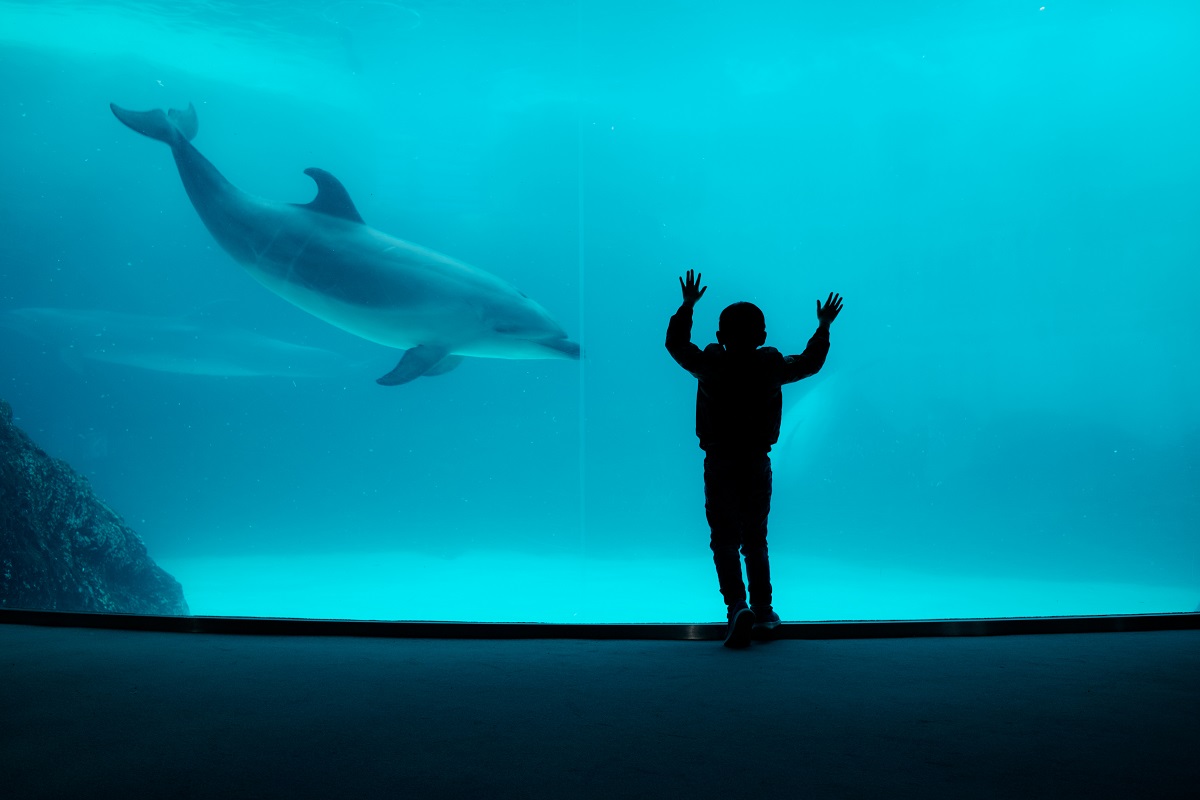
What about conservation? The biggest aquariums in the UK are actually owned by an entertainment firm that also owns multiple theme parks. Sea Life is listed alongside Peppa Pig World of Play and Madame Tussauds as “indoor attractions, where guests typically spend one or two hours”.
Are aquariums educational? There may be some element of education but is the biggest lesson they teach that it is OK to capture, kill and confine wild animals in unnatural, restrictive surroundings for our own pleasure? Thankfully, people are coming to understand that fish, like other animals, are sentient and have distinct personalities and preferences. They form bonds with other fish, use tools and communicate, and are not just an entertaining distraction for an hour or two on a rainy day.
Read more about aquariums at Freedom for Animals and PeTA.
Is Horse Racing Cruel?
Around 13,000 foals are born into the horse racing industry each year with 7,500 going on to race. Those who don’t make the grade may be shot at their stables, slaughtered for meat, or sold on and on in what campaign group Animal Aid calls “a downward spiral of neglect”.
There is a lot of money washing around the racing industry, and competition for winners is fierce. To get the edge, modern race horses have been specifically bred to be fast but at the expense of bone strength. Think about 500kg of horse running at 40 mph and then look at the fragile legs and hocks (ankles) they are running on. One false step, and legs inevitably snap.
Around 200 horses die every year on British racecourses. Among the most common injuries are broken legs, backs, necks and pelvises, heart attacks, and burst blood vessels. We don’t know how many more die in training as no one acknowledges or counts them.
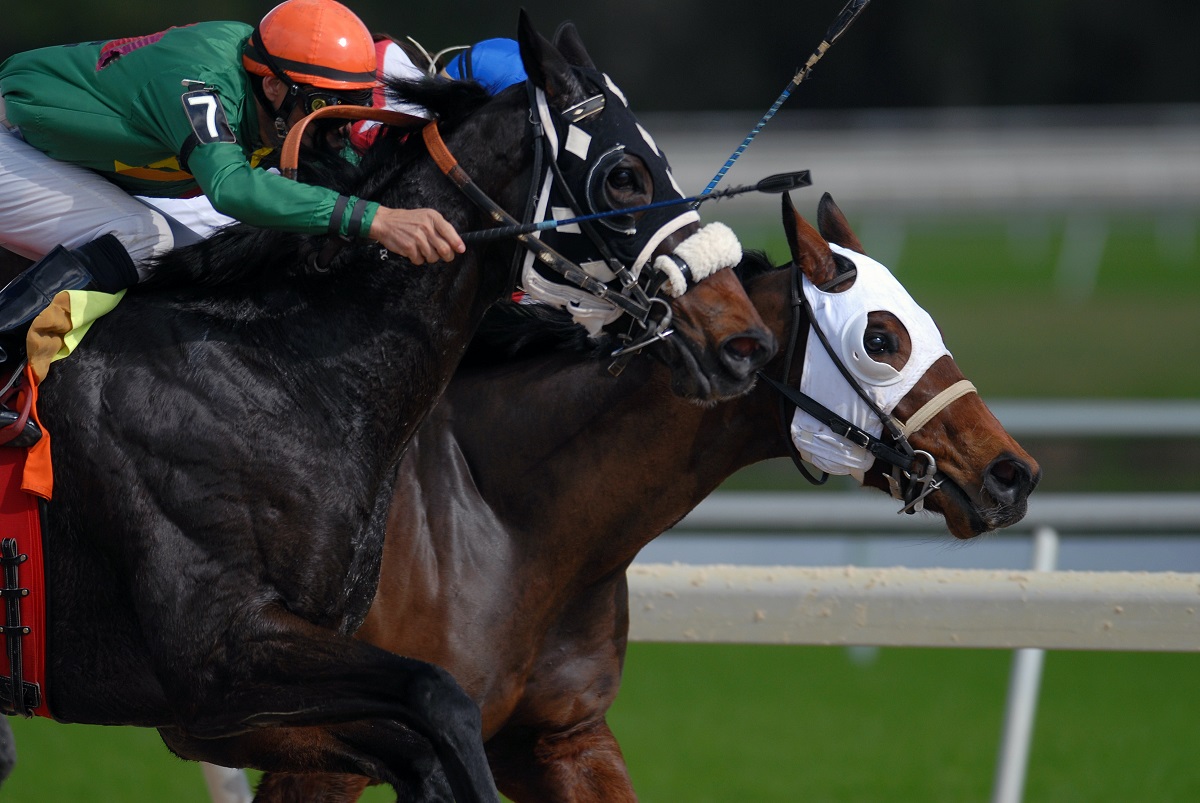
Racing is not just a threat to horses’ lives; it can cause immense suffering as a matter of routine. Up to 75 per cent of race horses suffer from bleeding lungs, which can cause blood to leak from their nostrils. Gastric ulcers are present in around 93 per cent of horses in training, and this condition gets progressively worse until the animal retires, at which point it improves. It is acknowledged that it is the stress of their treatment that causes this condition.
Those who defend racing say that horses are herd animals who love to run, and the proof of that is in the horses who continue to race after the jockey has fallen. In reality, horses love to run when they choose to, not when they are being whipped and kicked. Those who continue to run after the jockey has fallen do so to keep up with the herd and not get left behind. And, as for whipping, can you imagine it being legal to whip any other animal for any other reason?
There is a lot of secrecy around the fate of horses used by the racing industry. One report found that two years after leaving racing, 43 per cent of horses were either dead or could not be traced. Even those who make a lot of money for their “owners” are disposable once their racing careers are over. They may end their days in a slaughterhouse, with their meat intended for pet food or overseas consumers. The industry talks about happy retirement for animals, but very few are taken care of after they leave racing. The industry just washes its hands of them and breeds more.
Read more about the horse racing industry at Animal Aid and League Against Cruel Sports.
Is Greyhound Racing Cruel?
Almost 1,000 greyhounds died or were killed in the UK in 2018, according to the industry’s own figures. Dozens died from “sudden death” at the track, while another 250 were euthanised at the trackside due to injury. Almost 200 were killed because they were not deemed suitable for homing at the end of their careers. In Ireland, where 16,0000 greyhound puppies are born into the industry each year, almost 6,000 are killed just because they are not fast enough. At least one breeder offered to sell unwanted dogs to animal research laboratories.
For the dogs who do race, even minor injuries at the track can mean they are killed if their performance is affected. Broken toes and hocks are relatively common and can also end a dog’s life. In 2018, 5,000 dogs were injured in the UK.
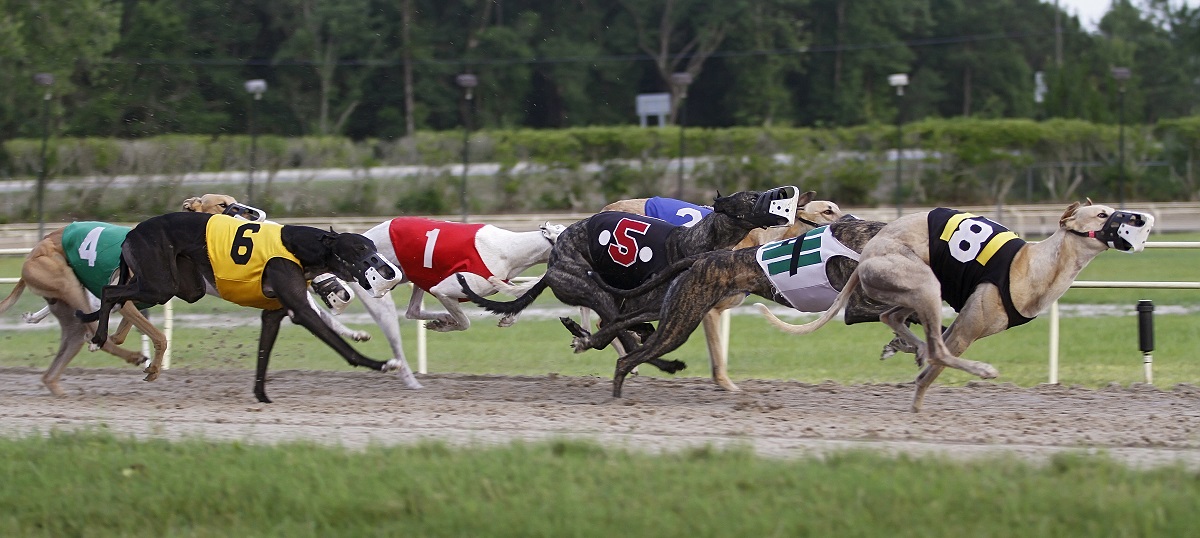
Whatever the reason for killing them – whether it is injury, old age, loss of performance, or a young dog who is just not going to make the grade – it is often done by a captive bolt gun. This is the same weapon that is used in slaughterhouses to stun cows. Shockingly, under UK law, any person can use a bolt gun to destroy a greyhound if they are the dog’s legal owner.
There are hundreds of horror stories about the appalling fate of greyhounds. Dogs’ bodies have been found with their ears cut off to prevent them being identified by the tattoo; one “owner” has been being photographed throwing bodies into the sea; and mass graves have been found. Individual animals have been found barely alive with a hole in their heads after a bungled attempt at killing them.
Their lives are often utterly miserable too. A report by the League Against Cruel Sports found that racing dogs spend 95 per cent of their time alone in small, barren kennels without social contact. Those who are housed in pairs are kept permanently muzzled which is highly distressing for them. Many do not receive basic health care such as worming and flea treatment, while untreated injuries, malnutrition and dental problems were also found.
Some greyhounds survive their years racing and find their way to rescue centres and into loving homes. But this industry has a dark heart, and many dogs spend their lives alone in squalid filthy kennels only to be killed and mutilated when of no further use.
Read more about greyhound racing at Caged and League Against Cruel Sports.
Conclusion
Much of the cruelty, neglect and suffering that takes place in zoos, aquariums, horse racing and dog racing, happens away from public view, in the same way that factory farms attempt to keep hidden hide the worst suffering in their own industry.
We cannot trust any industry that profits from animals to tell us the truth about how those animals are treated. For every animal we see who ‘looks happy’ in these environments, there may be countless more we don’t see whose miserable lives and vicious deaths have gone unnoticed, unreported and unpunished.
If you want to help create a world where animals aren’t exploited for entertainment, why not try vegan? Sign up for our free 31-day pledge for recipes, tips and helpful information.
PAGE UPDATED APRIL 2021





